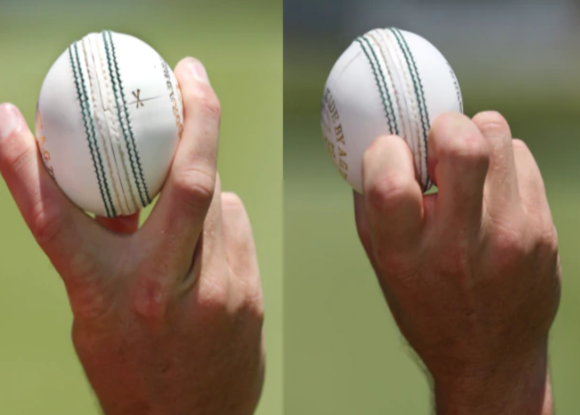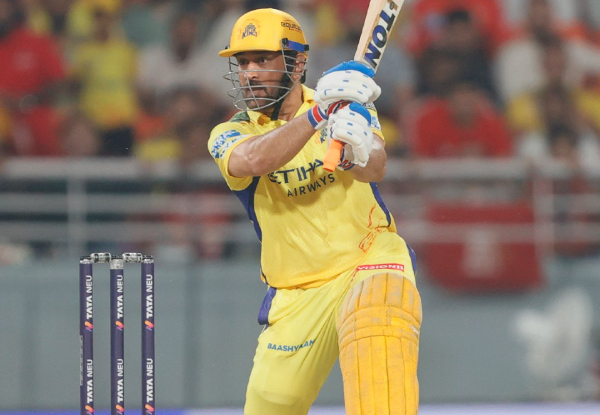IPL 2019: What are the differences between a slower & a knuckle ball?
 XtraTime Web Desk: In the modern day cricket T20 is mostly the batsmen's game. Bowlers always tries to pull out new weapons from their armory to surprise the batsmen. Now a days pacers know that they cannot take a wicket only with pace and they need more variation. That's why most of the consistent bowlers have added two new balls in their armory. They are slowers and knuckle balls. During the ongoing IPL the bowlers are using these two deliveries a lot and getting the result as well. Now what is a slower ball and a knuckle ball? Here is the explanation:
Slower Ball: In the sport of cricket, a slower ball is a slower-than-usual delivery from a fast bowler. The bowler's intention is to deceive the batsman into playing too early so that he either misses the ball completely or hits it high up in the air to offer an easy catch. It is analogous to a change up in baseball.
The slower ball technique was popularized in response to the demands of limited-overs cricket, not only to get wickets but also to slow down the scoring rate, as a slower ball will not carry to the boundary as easily as a normal fast delivery if it is hit square or behind the wicket. It is especially used in the last ten or so overs as variation in speed, in addition to line and length, is the key to preventing a late flurry of runs from the batsmen.
Knuckle Ball: In the sport of cricket, a knuckle ball (or knuckleball) is a type of delivery employed by a fast bowler, and a type of slower ball. As similar to a slower ball, the bowler's intention is to deceive the batsman into playing too early so that he either misses the ball completely or hits it high up in the air to offer an easy catch.
The ball is bowled by the bowler positioning the ball on the knuckles of his index and middle finger, instead of in the fingers themselves. The delivery deceives the batsman as from a batsman’s perspective, the ball appears to be a stock delivery, however when it is released is slower than expected.
XtraTime Web Desk: In the modern day cricket T20 is mostly the batsmen's game. Bowlers always tries to pull out new weapons from their armory to surprise the batsmen. Now a days pacers know that they cannot take a wicket only with pace and they need more variation. That's why most of the consistent bowlers have added two new balls in their armory. They are slowers and knuckle balls. During the ongoing IPL the bowlers are using these two deliveries a lot and getting the result as well. Now what is a slower ball and a knuckle ball? Here is the explanation:
Slower Ball: In the sport of cricket, a slower ball is a slower-than-usual delivery from a fast bowler. The bowler's intention is to deceive the batsman into playing too early so that he either misses the ball completely or hits it high up in the air to offer an easy catch. It is analogous to a change up in baseball.
The slower ball technique was popularized in response to the demands of limited-overs cricket, not only to get wickets but also to slow down the scoring rate, as a slower ball will not carry to the boundary as easily as a normal fast delivery if it is hit square or behind the wicket. It is especially used in the last ten or so overs as variation in speed, in addition to line and length, is the key to preventing a late flurry of runs from the batsmen.
Knuckle Ball: In the sport of cricket, a knuckle ball (or knuckleball) is a type of delivery employed by a fast bowler, and a type of slower ball. As similar to a slower ball, the bowler's intention is to deceive the batsman into playing too early so that he either misses the ball completely or hits it high up in the air to offer an easy catch.
The ball is bowled by the bowler positioning the ball on the knuckles of his index and middle finger, instead of in the fingers themselves. The delivery deceives the batsman as from a batsman’s perspective, the ball appears to be a stock delivery, however when it is released is slower than expected.



23.jpg)
22.jpg)
